Text




A dog food “Wa no Kiwami/和の究み” (“Zest of Japanese”, or “Japanese top study”) sold in Japan. Small pellets, for seven years old or more. 100g x 9 packs.
My Shiba-inu is fed with several kinds of dog food routinely to avoid getting tired of, but always takes a strong interest in this. It’s a bit more expensive than others so it should be tastier (healthier, too).
“Wa no Kiwami” targets small-sized dogs and indoor dogs (with less exercises), which occupy a large portion in Japan, considering Japanese highly humid weather (separated into multiple small amount packages with oxygen scavengers). Main raw materials consists of whole wheat flour, rice bran, and chicken meal. It adjusts intestinal flora with fiber-rich domestic whole wheat, oligosaccharide, and lactobacillus sporogenes, which leads to strengthening the immune system.
For your information:
[Nutrition]
Protein: 18.0% or more
Ash: 8.0% or less
Lipid: 8.0 or more
Water: 10.0% or less
Crude fiber: 5.0% or less
Energy: 330kcal/100g
[Raw Materials]
Whole wheat flour, Rice bran (Chu-Shironuka), Chicken meal, Beet pulp, Hominy feed, Defatted soybean, Beef oil, Fish oil, Chicken liver powder, Oligosaccharide, β-glucan, Defatted rice bran, N-acetylglucosamine, Chlorella, Fish collagens, Lactbacillus sporogenes, CoQ10, Minerals (Calcium, Potassium, Sodium, Chlorine, Copper, Zinc, Iodine), Vitamins (A, D, E, B1, B2, B6, B12, Pantothemic acid, Niacin, Choline, Inositol), Antioxidant (Rosemary extract).
It’s mid-August and 39 centigrade degree with high humidity outside in Kyoto. My Shiba is housed in an air-conditioned room, eats “Wa no Kiwami”, coaxes me my green juice and fruit smoothie with soybean yogurt, and live in idleness. A happy healthy lazy dog. What a perfect being.
“Wa no Kiwami” @amazon
300g x 8, small pellets, over 7 years old
https://amzn.to/2Z9LI6N
ドッグフード「和の究み」、小粒、7歳以上向け。100g x 9袋入り。
うちの柴犬はドッグフードを食べ飽きないよう、数種類を順繰りに食べさせられているが、このドッグフードはいつも喰いつきが良い。他のものよりちょっと高いので美味しいのに違いない(ついでに身体にも良いのに違いない)。
「和の究み」は、日本では大部分を占める(あまり運動しない?)小型犬や室内犬を対象としている。また日本の高湿度な天候を鑑み、脱酸素剤の入った袋に少量ずつ小分けにパックされている。
種原材料は、小麦全粒粉、米糠、チキンミール。食物繊維の豊富な国産小麦粉にオリゴ糖、有胞子性乳酸菌を加えることで腸内フローラを整え、免疫力を高める。
現在8月半ば、京都の外気は湿度の高い39度。うちの柴犬はエアコンの効いた部屋に格納され、「和の究み」を食べ、私の飲む青汁や豆乳ヨーグルト入りのスムージーをねだり、惰眠をむさぼって暮らしている。幸福、健康的かつ自堕落。何という非の打ち所のない存在だろうか。
7 notes
·
View notes
Text

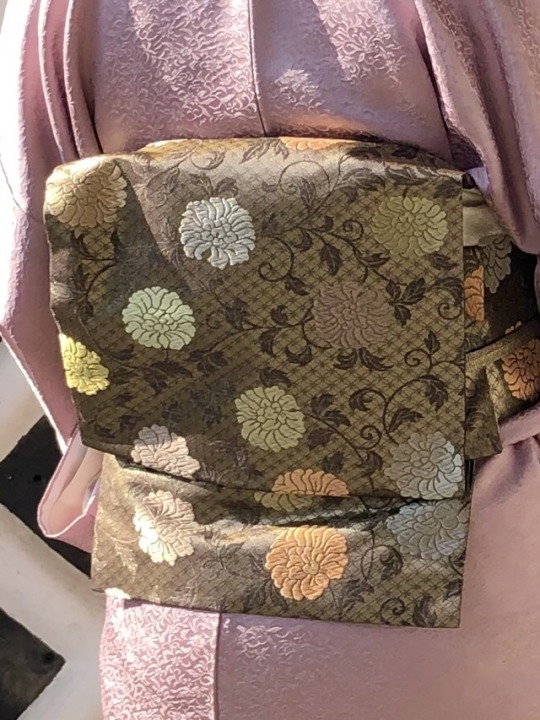

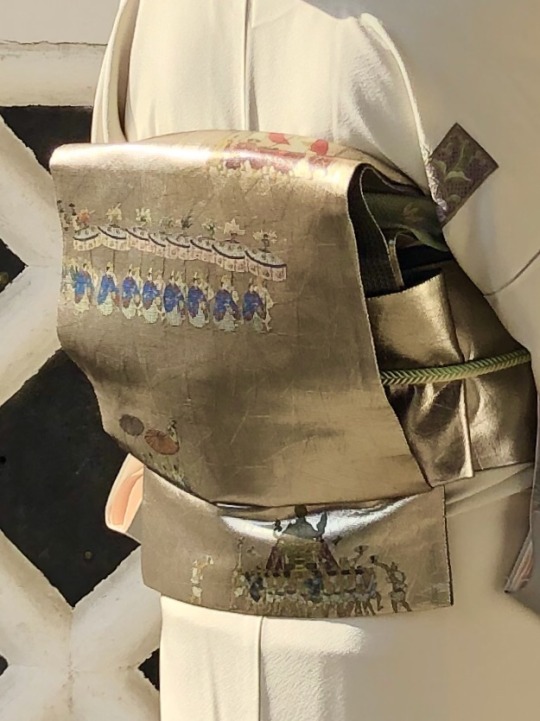
Me and my mom in kimono for some family cerebral occasion.
My kimono is called “iromuji (the plain-colored)”, which is a formal or semi formal attire for woman in Japan, especially preferred at formal tea ceremony (showy kimonos are averted to bring artistic tea utensils out prominence). Mine has a (tiny) maternal family crest in white under the neck on the back and can be used as a formal wear. Though “iromuji” is plain-looking at first glance, you’ll often notice a beautiful, delicate woven pattern in close. The obi ("nagoya-obi", in this case) includes modest but multiple colors (pale orange, blue, yellow and pink) so it is relatively easy to apply to kimonos in other colors too. In addition, it has no seasonal symbols so that you can use it through three seasons (for summer and semi-summer, you need thinner, different types of obi, as well as kimonos).
My mom’s kimono type is called “tsukesage”. While "houmongi" is one of the highest ranked formal wear, "tsukesage" is more flexible to various occasions from such as watching a play and small party to wedding ceremony and formal celebration party (in that case, you often apply "fukuro-obi" intead of "nagoya-obi", more high-ranked longer obi). The face of the dull-silver "fukuro-obi" is made of Japanese paper ("washi"); silver leaf is pasted and woven onto the thick silk base. It gets less damaged than it looks for some reason even if you tie repetitively. The picture on the obi shows some shinto festival and it should be suitable for celeblation. Anyway, it's a quite rare kind of craftwork.
These days you can wear and arrange kimono as you like, but it's only limited to your daily-clothes cases. Ignoring kimono protocol at a formal occasion is to be considered definitely rude and people would be offended by that here in Japan. On the other hand, overdone attaire should look very peculier for just a casual ocasion. There are many rules by season, for materials and patterns. If you don't know much, you'd better search on the net or ask someone who knows kimono well (...not me).
家の慶事にて母娘で着物。
自分の着物は色無地。日本女性の礼装ないし略礼装で、特に畏まった茶会で好まれる(芸術品でもある茶道具を引き立たせるため茶席では派手な着物は敬遠される)。着ているものは背中の首の下に白抜き一ツ紋(代々母方の紋を入れる)が入っているため、礼装としても使用可。色無地は一見地味だが、よく見ると往々にして繊細で美しい地模様のあるのが見て取れる。している帯(名古屋帯)には控えめながらも複数の色(淡いオレンジ、水色、黄、ピンク)が入っており、他の色の着物にも合わせやすい。付け加えると、季節の柄が入っていないので3シーズン使える(6月から9月は薄い別素材の帯が要る。もちろん着物も単衣や夏着物)。
母の着物は付け下げ。訪問着が最上格の礼装であるのに対し、付け下げは観劇や小さなパーティーから結婚式、祝賀会と応用範囲が広い(結婚式や大きなパーティーには往々にして名古屋帯ではなく格上の長い袋帯を合わせる)。この鈍色の袋帯の表面は和紙でできており、銀の箔がなされ正絹の土台に織り込まれたもの。繰り返し締めても不思議と見た目より傷みにくい。絵柄はなにか祭のようだ。祝いごとには相応しい柄だろう。何れにせよ非常に珍しい工芸品である。
昨今では着物の着こなしは比較的自由だが、それは普段着に限った話。フォーマルな場では好き勝手な着方をしていると礼を欠き、人々の気分を害することになりかねない。逆にカジュアルな場で大袈裟な装いをしていても極めて奇妙だ。季節ごとや裂地(きれじ)・柄のルールも、こと細かにある。分からない場合は、調べるか詳しい人にたずねた方が良い(ちなみに自分はさして詳しくない)。
11 notes
·
View notes
Photo

The curry shelf at some grocery store. Mostly retort-pouch but many roux too. Don’t ask its necessity. It’s just something. 食料品店のカレー売場。レトルトが多いがルーもある。そんなに要らんやろとか言わずに。ただただ壮観。
12 notes
·
View notes
Photo
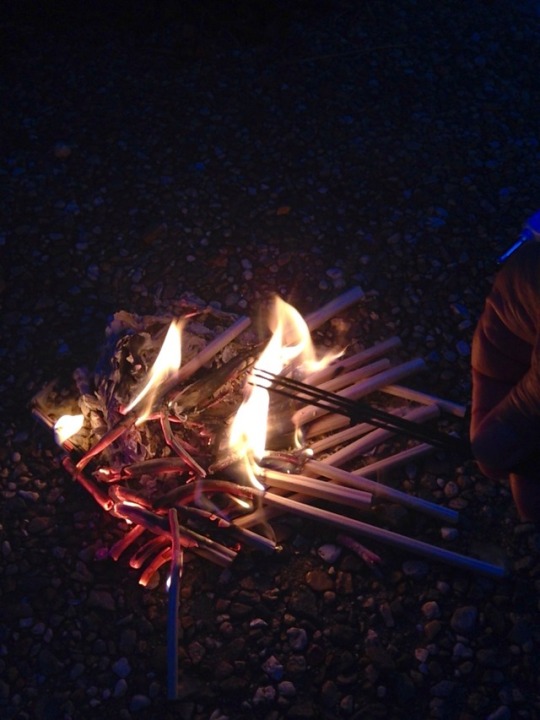

It’s Obon here in Kyoto, ancestors’ homecoming (or somewhat sober Halloween?). Obon is one of the two important events for Japanese in a year (the other is new year celebration), which often leads to family reunion for the living, too.
In Kyoto, people invite their ancestors’ spirits into home in the evening of August 12 with “muka'e'bi [moo-kah-eh-bee]” (literally meaning “inviting/welcoming fire”), and send ancestors back to the next world at the night of August 16 with “Gozan Okuribi [oh-coo-ree-bee]”, (“bonfires on five mountains for sending ancestors back”), according to lunar calendar. For Obon, people clean up their family graves beforehand, and confort and offer their hospitality to ancestors such as with foods and pray with monk’s sutras at home.
To invite ancestors, we do a little ritual “muka'e'bi” at home: burn dry hemp stems in front of the house, fire three stick incenses, and set it at the family’s Buddhist altar. Ancestors’ spirits are believed to “ride on” the special smoke of the incense, come into the house, and settle at the family’s Buddhist altar in a denser or more concrete form than usual (I’m not died and don’t know how it is actually, though).
We serve “omuka'e somen”, or “welcome somen noodle (angel-hair udon, so to speak)” for the first night. While Obon, vegetables and fruits, Chinese lantern plant, water on a lotus leaf with a sprig of Koya prodocarp (“Koya maki”/高野槙), mochi and/or dango (sweet dumplings), and sugar starch snacks (“rakugan”) are also displayed. Vegetarian dishes and steamed rice are served everyday until they leave. The dishes served are kept in the fridge and taken to the temple a family belongs to with other vegetables just when Obon ends (to send the foods with ancestors’ spirits precisely, or if you eat them, it’s believed you would get ill. Dishes and vegetables served during Obon are simply for the repose of the dead).
Since the Obon customs differ by region and denomination, I totally don’t know other styles. No “Bon dance” or “summer festival” is held in my neighborhood. No making horse and ox figures with vegetables and toothpicks. I’ve seen them only on TV. The case explained above is only of a certain family in Kyoto.
By the way, what about spirits who don’t have any descendants? …It’s said no home to go and loitering here and there. So people give a little service for the benefit of suffering spirits as well as avoid going to sea or river in fear of evil spirits during Obon.
Obon
http://www.japan-guide.com/e/e2286.html
https://en.m.wikipedia.org/wiki/Bon_Festival
Gozan Okuribi (mountain bonfire)
https://www.jnto.go.jp/eng/spot/festival/gozanokuribi.html
お盆の迎え火におがらを炊く。京都では8月12日の夕暮れに家の外で迎え火を焚いて先祖を家へ招き入れ、16日の夜の五山送り火で送り返す。お盆の最初の夜はお迎え素麺でもてなす。ちなみに野菜と爪楊枝で馬や牛を作ったりしない。近所では盆踊りも夏祭りもない。TVでしか見たことがない。関東では同じ宗派でも仏壇に水塔婆を立てないと聞いた。色々土地によって違うらしい。
#obon#obonfestival#japanese tradition#japanese culture#summer holiday#bonfire#ritual#buddhism#japanese buddhism#ancestors
11 notes
·
View notes
Photo
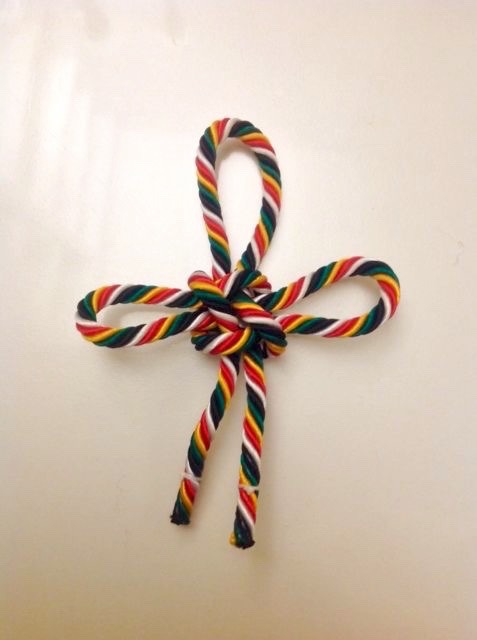

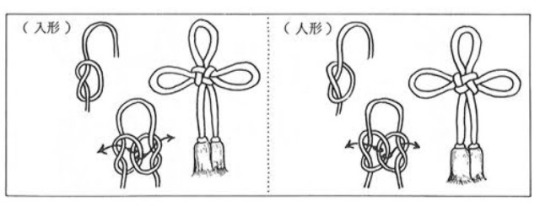
The five-colored-rope bracelet which was given at Hasedera temple in Nara for the occasion of Eleven-face Kannon (a Bodhisattva) special viewing (usually hidden). I have not known what to do with the rugged, easily slackening rope loop, showing a tie to the humongous Kannon, but recently found that Hasedera introduces with footage untying and remaking to agemaki-musubi (a decorative rope work with supernatural intention) for a talisman.
As I went into agemaki knotting, I knew it’s been used for quite a long time (since the tumultuous period—the mid-third century to the seventh century) and there two types exist: hito-gata (人型) to protect against evils and dangers, and iri-gata (入型) to invite good luck and happiness (the 人 and 入 kanji letters are according to how two sides crossing of the knot looks like. 型 means shape). Whereas hito-gata is often used for samurai’s helmets and armors (protection), iri-gata is used for bridal costume and furnishings (happiness). I also found Hasedera’s footage showed hito-gata (against evil), though shrines use iri-gata (good luck), so it turns out shrine and temple are using opposite-direction knotting—I don’t know what it means.
I just simply followed Hasedera’s iri-gata knotting (protection) since the rope should be connected to Buddha, not god (kami). Then I removed silk scarf from my Coach bag and tied the rope to the handle. …Pretty stands out unexpectedly. I could even say traditional something of Spain or Italy (something’s what?).
Anyway, the five-colored-rope bracelet is effectively utilized and now I’m protected. Great.
How to knot agemaki-musubi (hito-gata/for protection)—Hasedera’s footage
http://www.hasedera.or.jp/sp/promotion/1/blog_detail.html?key=entry&value=254
How to knot agemaki-musubi (iri-gata/for good luck) and actual use at shrine—by a Shinto priest with pictures
http://blog.tennjinn.net/-how%20to-縄・紐の結び方/あげまき結びの結び方
Hasedera Temple (of Nara prefecture, Japan Visitor)
http://www.japanvisitor.com/japan-temples-shrines/hasedera-nara
奈良の長谷寺の特別拝観でもらった五色線の腕輪。十一面観音様との結縁紐だが、ゴツくてすぐ緩むので持て余していたところ、長谷寺のHPで「ほどいてあげまき結びにしてお守りにすると宜しい」と動画で紹介しているのを知った。
調べてみるとあげまき結びは相当古くからある結び方(古墳時代以降)で、厄除の人型と招福の入型の2種類があることを知った(人・入は結目の2辺の交わりの形に由来)。人型は侍の鎧兜に使われるのに対し(厄除)、入型は花嫁衣裳や調度品に使われる(招福)。また、長谷寺の動画では人型(厄除)になっているのに対し、神社の説明では入型(招福)が使われていた。ということは、寺と神社で逆方向の結び方を採用していることになる。これってどういうことなんだろう? 謎だ。
仏さんとの結縁紐(けちえんひも)なので、自分は素直に長谷寺の厄除・入型結びに従ってみた。それでコーチのカバンに巻いていたシルクスカーフを外し、付けてみた。・・・思いのほか派手である。スペインかイタリアの伝統的な何かっぽく見えないこともない(何かって何よ?)
ともあれ五色線の腕輪は有効活用され、私は加護を得た。素晴らしからんや。
あげまき結び(人型、厄除)ー長谷寺の動画
http://www.hasedera.or.jp/sp/promotion/1/blog_detail.html?key=entry&value=254
あげまき結び(入型、招福)と実際の使用風景ー神主さんの説明図
http://blog.tennjinn.net/-how%20to-縄・紐の結び方/あげまき結びの結び方
総角結び(あげまきむすび)の解説
http://yuunet.jp/demo/pg137.html
長谷寺(奈良県)
https://ja.m.wikipedia.org/wiki/長谷寺
http://www.hasedera.or.jp/sp/
#japanese tradition#japanese culture#japantravel#knotting#rope work#talisman#amulet#spiritual#supernatural#jpanese temple#temple#shrine
9 notes
·
View notes
Photo


Picturesque manholes in Shimane prefecture, West Japan.
Jumping sea bream found near Miho shrine, which is the grand head shrine of Ebisu shrines belonging to Kotoshironishi (a god for fishery and business prosperity). Sea bream is a symbol of wealth that Ebisu is always holding in his arm.
Miho shrine
(Japan National Tourism Organization)
https://www.jnto.go.jp/eng/spot/shritemp/mihoshrine.html
Lighthouse found by Izumo Taisha, which is known for matchmaking as well as one of the top-ranking grand shrines. The lighthouse is called Hinomisaki Lighthouse near the shrine, selected as one of “the IALA list of 100 lighthouses as historic and architectural monuments”.
Hinomisaki Lighthouse
(Japan Travel)
https://en.japantravel.com/shimane/hinomisaki-lighthouse-in-izumo/1481
Izumo Taisha
(japan-guide.com)
http://www.japan-guide.com/e/e5804.html
I suppose Kyoto may have some outstanding manholes near sightseeing spot too, but I have less opportunity to visit and pay less attention in my town…
島根県で見かけたマンホール。
鯛は美保神社のそばのもの。美保神社は事代主(コトシロヌシ)系列の全国エビス神社の総本宮。えべっさんなのでタイである。
灯台は縁結でお馴染み出雲大社のすぐそばのもの。近くに日御碕(ひのみさき)灯台があり、「世界の歴史的灯台百選」の一つに選ばれている。
たぶん京都でも観光スポット近くには変わったマンホールがありそうな気もするけど、観光スポットってそんなに行かないし、そもそも地元ではあまり注意して見ていないんだよなあ。
7 notes
·
View notes
Video
Biwa Fall near Oboke Canyon, Tokushima prefecture (Shikoku island)
Named after a legend that Heike fugitives played the biwa, an old mandarin-shaped guitar from China, to comfort each other in front of the fall. There are many sayings about loser refugees of Heike clan in Shikoku, which founds none in Kyoto, the then capital city in Heian period.
Biwa (Chinese lute)
https://en.m.wikipedia.org/wiki/Pipa
I have seen it only at Nara National Museum’s Annual Shoso-in Treasure Repository Exhibition. I sometimes find them in old tales but I wonder there still exists any player.
The Tale of the Heike
https://en.m.wikipedia.org/wiki/The_Tale_of_the_Heike
There were monk bards for telling/singing the story as playing the biwa in old time. All Japanese are forced to memorize the head part in classical literature class at high school.
大歩危峡近隣の琵琶の滝(徳島県)
平家の落人がこの滝の前で互いを慰めあって琵琶を奏でたところからこの滝の名前が付いたそう。四国では平家の落人伝説の話をちらほら聞く。京都ではまず聞かないので興味深い。
#fall#waterfall#blue water#japanese history#japantrip#japan travel#japan trip#shikoku#tokushima#expedition
8 notes
·
View notes
Photo

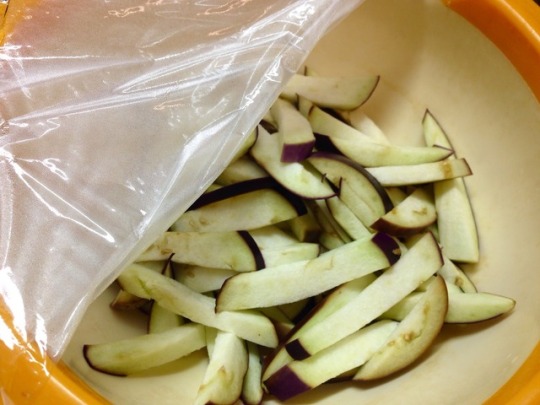

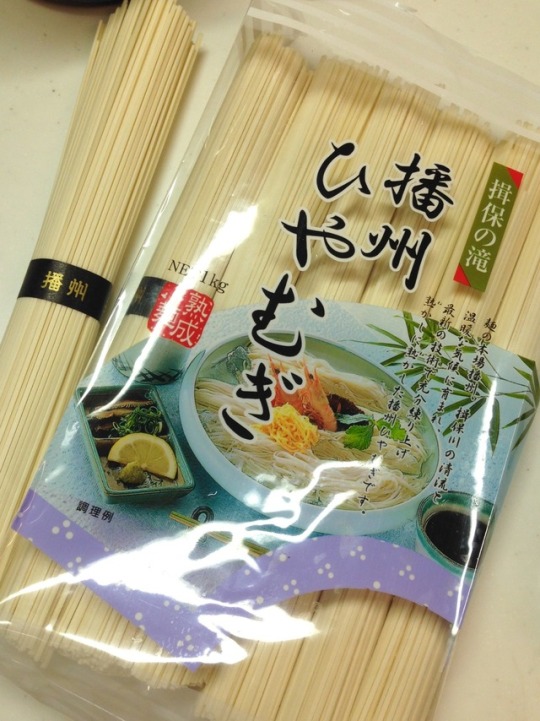
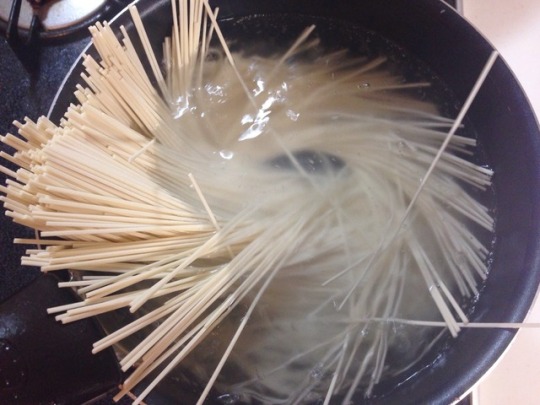
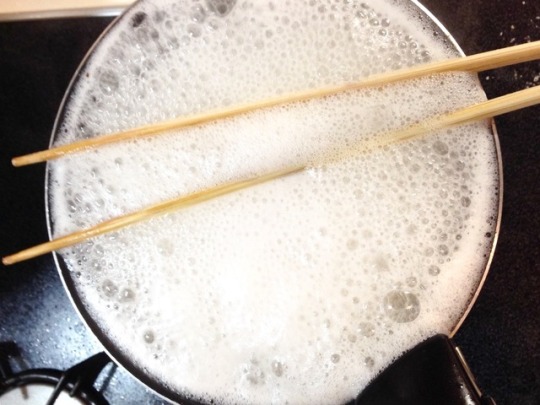

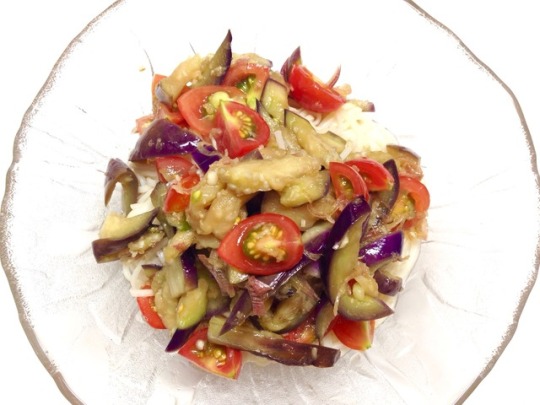
Picked eggplants and mini tomatoes at backyard, so made a hiyamugi noodle with it.
Microwave chopped egg plants covered with plastic wrap, then cool and squeeze water. Chop mini tomatoes. Mix them with shredded myoga, grated ginger, mentsuyu (soy-sauce-based ready-made dipping sauce for Japanese noodles), and sesame oil. I recommend to make a little bit stronger with concentrated mentsuyu and water (I had only straight one so adjusted stronger with usukuchi soy sauce, shirodashi, and mirin).
Put noodles into boiling water. Recently, I just happened to know it doesn’t boil over if you cross long chopsticks on the pan. Boil for five minutes, cool and wash with cold water, and strain well.
Put noodles in a glass bowl and add the seasoned egg plants and mini tomatoes with sauce.
Somen or Hiyamugi
http://www.mitoku.com/products/pasta/someofhiyamugi.html
The noodle diameter is somen < hiyamugi << udon. Somen and hiyamugi are mainly for summer.
Mentsuyu recipe
http://www.japanesecooking101.com/men-tsuyu-recipe/
In case if you live where you cannot obtain mentsuyu at supermarket.
Myoga (flower buds of a certain kind of ginger)
https://en.m.wikipedia.org/wiki/Myoga
Summer herb, or fresh condiment. It’s often used as topping for tofu, miso soup, and many other dishes. It might taste peculiar for the first time, but it’s essential for Japanese summer cuisine. Though I hated when I was little, now it’s my favorite.
庭で茄子とミニトマトが採れたので、ぶっかけの冷麦にする。
切った茄子をラップをかけてチンし、冷まして水気をしぼり、刻んだ茗荷とおろし生姜、麺つゆと胡麻油で和える。麺つゆは希釈タイプで濃い目に作った方が良い(ストレートタイプしかなかったので薄口醤油・白だし・みりんで少し濃い目に調整)。茹でて冷やした冷麦と和える(鍋に菜箸を渡しておくと吹きこぼれない、ということを最近知った)。
#japanese food#japanese noodles#summer food#cold food#cold noodles#japanese lunch#summer foods#vegetarian food#home cooking
2 notes
·
View notes
Video
Oboke Canyon, Tokushima prefecture (Shikoku island). It is right on Japan Median Tectonic Line (an active fault), which crosses from Kyushu to Kanto area through Shikoku.
Japan Median Tectonic Line
https://en.m.wikipedia.org/wiki/Japan_Median_Tectonic_Line
徳島県、大歩危峡。中央構造線の上にある。
大歩危峡
https://ja.m.wikipedia.org/wiki/大歩危
中央構造線
https://ja.m.wikipedia.org/wiki/中央構造線
3 notes
·
View notes
Photo
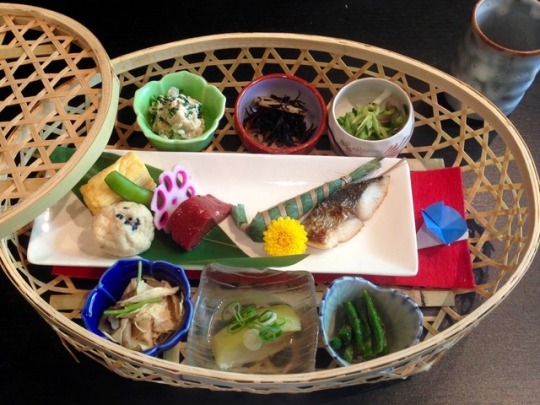


Lunch at “Nishiki Agaru” near Nishiki Market, Kyoto. Nicely arranged tiny colorful cups called “nozoki” are so cute, which I never use at home (…too many to wash, you know).
The restaurant was a renovated Machiya, traditional merchant’s house, and had a beautiful small inner garden deep-inside with fresh green of Japanese maple, which we enjoyed just next to our seats. It was good to make a reservation earlier.
Kyomachiya Nishiki Agaru (Japanese)
https://www.google.co.jp/amp/s/s.tabelog.com/kyoto/A2601/A260201/26025527/top_amp/
You can also bring foods you bought at Nishiki Market in (They will serve them on dish). Better to make reservations especially for weekend lunch.
Machiya
https://en.m.wikipedia.org/wiki/Machiya
Kyoto’s Machiya is especially called “Kyomachiya”.
Nishiki Market (japan-guide.com)
http://www.japan-guide.com/e/e3931.html
錦市場ちかくの「錦上ル」で昼ごはん。きれいに並べられたのぞきが可愛いらしい、が、家では全然使わない(洗い物が増えるしな;)。
細長い町家の奥座敷には紅葉の青がきれいな坪庭。早くに予約しておいて良かった。
京町家 錦上ル
http://nishikiagaru.jp
京町家
https://ja.m.wikipedia.org/wiki/京町家
#kyoto food#kyoto trip#japanese restaurant#japanese tradition#japanese culture#machiya#japanese food#lunch#japanese lunch
0 notes
Photo

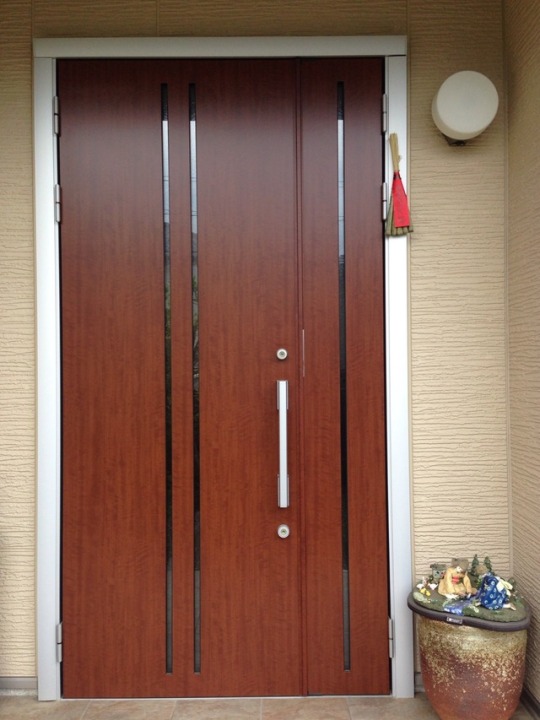
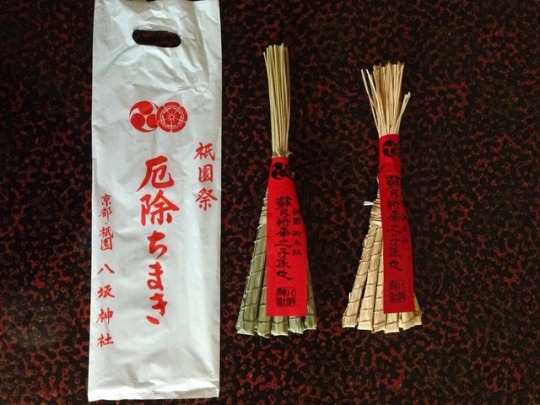
Yasaka shrine’s chimaki, a charm for warding off evil (made of only rice reeds and no rice cake inside unlike sweets sold in May). It’s deadly awful, hot and wet July and the arrival of Gion Festival in Kyoto.
Few days ago after celebrating my mom’s birthday at some ryotei (authentic Japanese restaurant) around Higashiyama, I dropped in Yasaka shrine for receiving this year’s new chimaki (you use the word “receive (from god)” instead of “buy” in Japanese for charms and amulets of shrine). Yasaka shrine’s chimaki is sold during the entire month of July and relatively easy to obtain compared to Yama and Hoko floats’, though every float, built and exhibited on the street, starts selling its original chimaki only a few days before the parade day and sells out quickly.
Chimaki will be hanged out at the porch or the gate. The protection lasts for a year and you will take it back to any shrine after a year: since it’s a holy item Shinto priests burn old charms with praying. Appreciate for the protection of the past one year, and wish for another one-year mercy.
Chimaki of Gion Festival
https://www2.city.kyoto.lg.jp/koho/eng/preview/40.html
Strip color and letters differ by float. Yasaka shrine’s is to ward off evil but every chimaki’s mercy differs by float, such as for romantic love, study, and money profit.
Folklore on Somin Shorai
https://en.m.wikipedia.org/wiki/Somin_Shorai
The red strip on Yasaka shrine’s chimaki reads “A Somin Shorai’s descendant”.
Gion Festival
https://en.m.wikipedia.org/wiki/Gion_Matsuri
八阪神社の厄除ちまき(お菓子ではなく中は空)。時は蒸暑くも不快極まりない七月、祇園祭の到来である。
先日東山の料亭で母の誕生日を祝った後、八阪神社へ寄り今年のちまきを受けた(ちまきは「買う」ではなく「受ける」「授かる」)。街中に建つ祇園祭の山鉾のちまきは巡行日の2、3日前から売りに出され、すぐに売切れてしまうが、八阪神社のちまきは山鉾と違い7月中売られており手に入りやすい。
ちまきは玄関の外か門の前に掲げる。御利益は一年間。1年過ぎたらお焚き上げのため神社へ返す。一年間の御守護に感謝。また一年間御加護が有りますように。
ちまきとは
http://www.kyotodeasobo.com/gion/chimaki/
八坂神社の厄除けである蘇民将来の謂われについて。八阪神社のちまきには「蘇民将来子孫也」と書かれた赤い紙が付いている。また山鉾ごとのちまきの御利益一覧表など。縁結びの保昌山(ほうしょうやま)は女子に大人気で毎年速攻売り切れる。筆者も恋する女子友に購入に付き合わされたことが(長蛇の列に並んだ)。
祇園祭
https://ja.m.wikipedia.org/wiki/祇園祭
https://www.kyokanko.or.jp/gion/gyoji.html
#traditions#kyoto#kyoto trip#kyotojapan#festival#gion#japanese tradition#japanese culture#amulet#shrine#shinto#japanese festival
5 notes
·
View notes
Photo
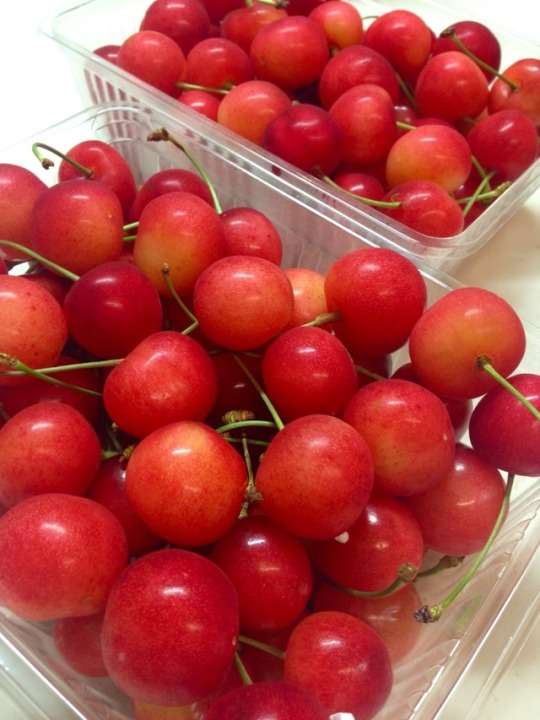
Japanese cherry, yay. Good ones sold at the department store are ten-times more expensive than American cherry. さくらんぼ〜。
3 notes
·
View notes
Photo

My nieces' play-house set. 姪のおままごとセット。
3 notes
·
View notes
Photo
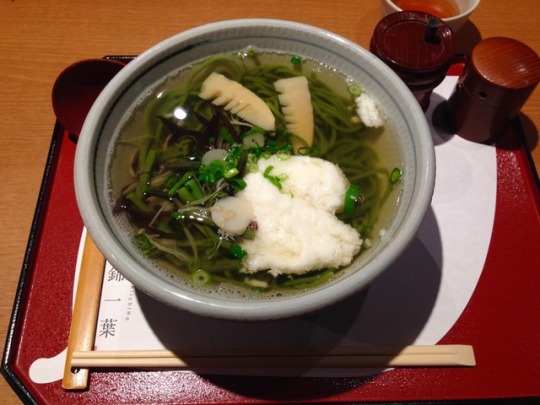
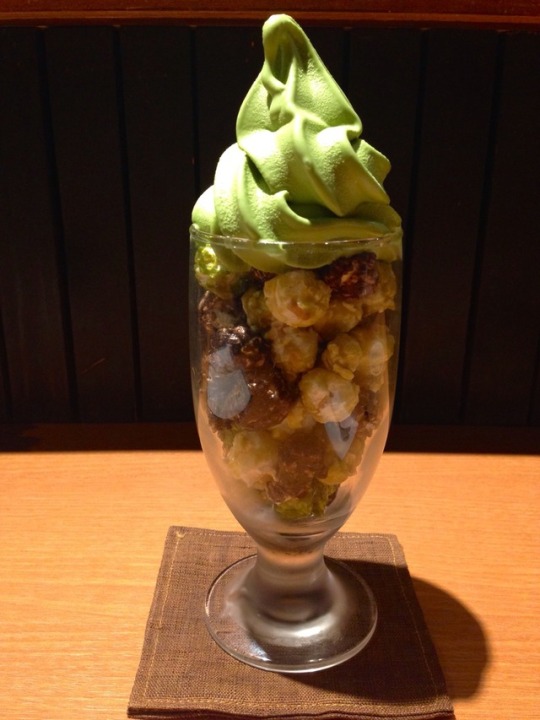
Lunch at Nishiki Ichiha in Nishiki Market, Kyoto: matcha soba with mountain vegetable, bamboo shoot and grated mountain potato, and soft-served matcha ice cream on three kinds of Japanese tea flavored caramel popcorn (matcha, houji-cha, and genmai-cha). The two small wooden cylinders aside are spices: shichimi (七味: Japanese seven spices) and sansho (山椒: japanese pepper)
I found mild konbu-majored dashi for the soba, which is often used for noodles with mountain vegetables (could be different in Kanto region). The soft-served ice cream with caramel popcorns was part of lunch set and smaller size, yet a bit too much for me after having soba. You can buy those caramel popcorns either outside the restaurant or on Kyoto Daimaru department store’s underground floor. Especially the genmai-cha flavored has a real refreshing roasting aroma of genmai (brown rice) and ryoku-cha. I personally recommend gennai-cha flavor the best (and I have never seen the flavor at any other shops).
Nishiki Ichiha’s menu with pics
https://nishiki-ichiha.com/menu.html
Nishiki Market
A street lined with around 130 shops selling food. You can take a stand-up meal at some shops.
https://en.m.wikipedia.org/wiki/Nishiki_Market
錦市場にある錦一葉の山菜とろろ抹茶そばとポップソフト(ミニ)。茶蕎麦のお出汁はあっさり昆布出汁。山菜系のうどん・そばではよく見かける(関東はまた違うのかも)。ポップソフトは抹茶ソフトの下に、抹茶・焙じ茶・玄米茶の三種類のキャラメルポップコーンが入っている。ミニだけど、ごはんの後だとちょっと多い。中でも玄米茶ポップコーンは玄米の薫りが香ばしくていちばん美味しい(ついでに他所で見たことない)。店前や大丸地下で買える。玄米茶ポップコーンは個人的におすすめ。
#kyoto food#kyoto trip#kyotojapan#kyoto#matcha sweets#matcha#soba noodles#soba#japanese food#japanese market#japanese noodles
4 notes
·
View notes
Photo
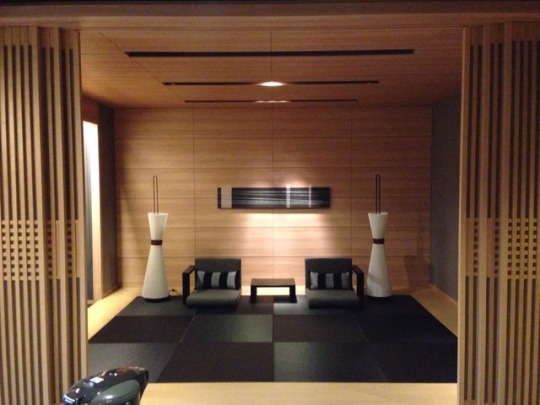
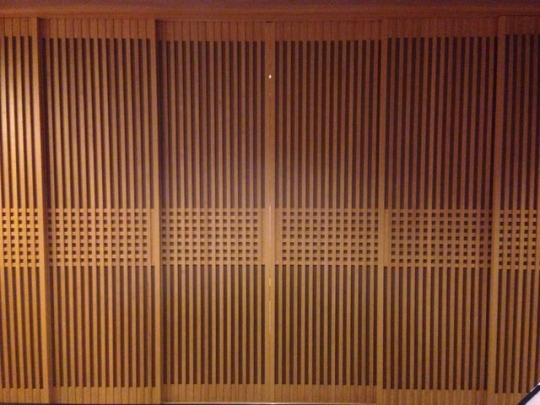
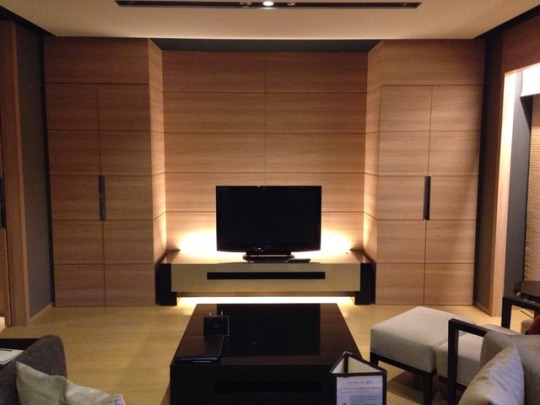
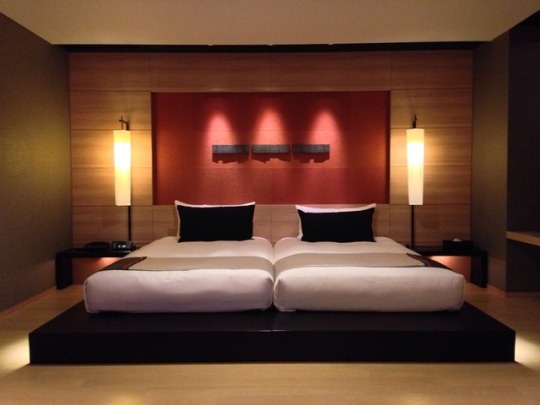

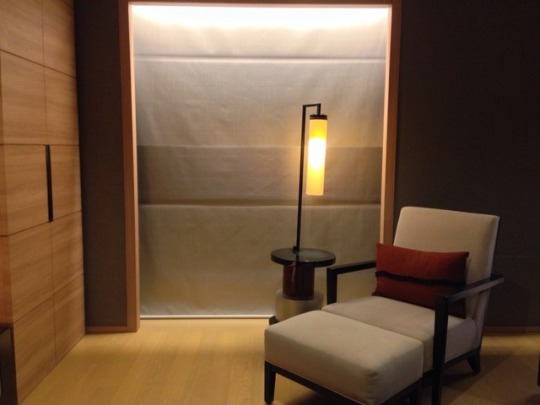
A members-only resort hotel room, not a ryokan’s, at Arima Hot Springs in Japan (“Arima Rikyu”). The tatami mats are black and in Ryukyu-style. That looks extraordinary and cool to have once in a while. A modern simple japanese room.
Arima Hot Springs Tourism Association’s website
http://visit.arima-onsen.com
Arima is one of the three greatest hot springs in Japan as well as pretty familiar for people in Kansai region. Only 30 minutes away from Kobe.
有馬離宮の部屋。琉球畳が黒くて非日常的。こういうモダンな内装もたまには良いね。有馬温泉。
#japanese hotel#japanese interior#japanese interior design#interior design#modern japanese living room design#hotel room#minimal
8 notes
·
View notes
Photo
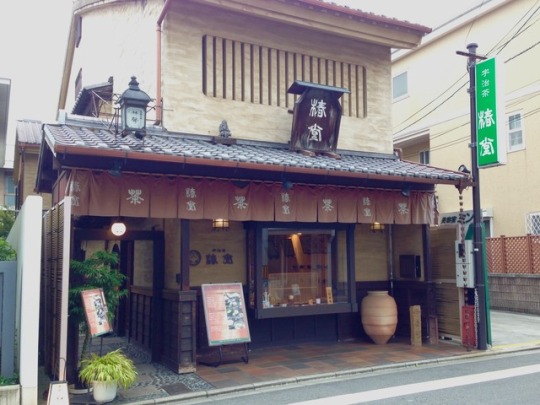
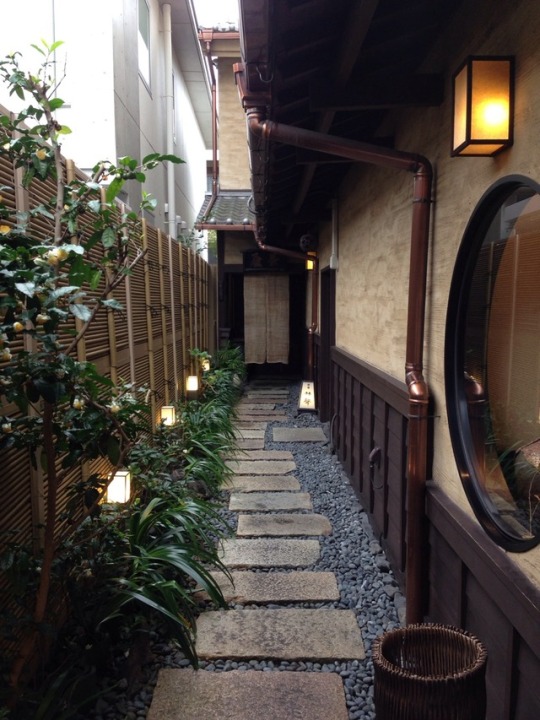
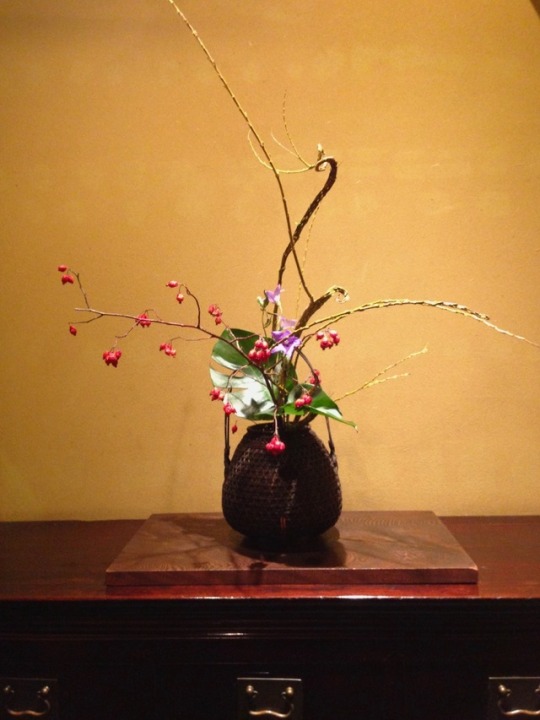
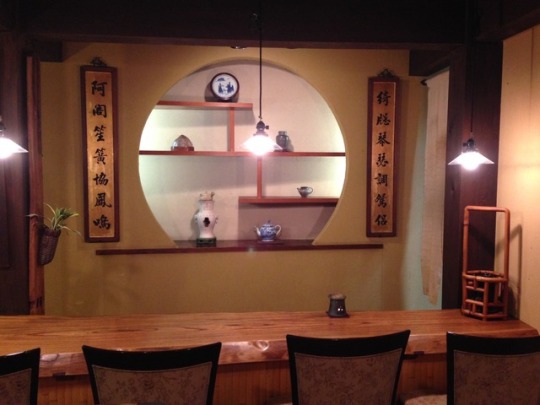
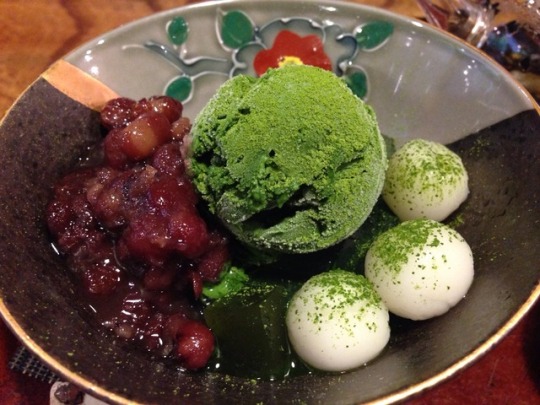
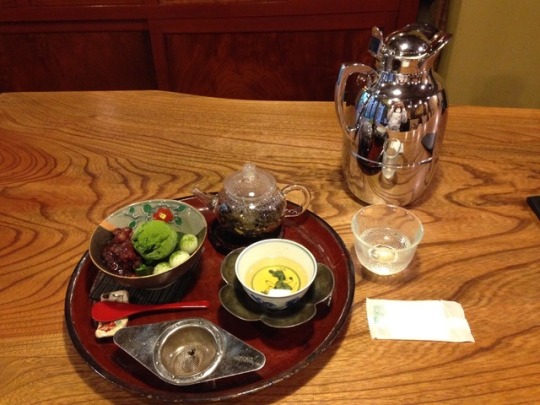
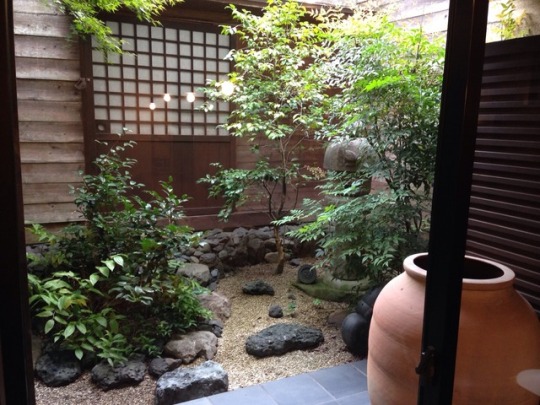
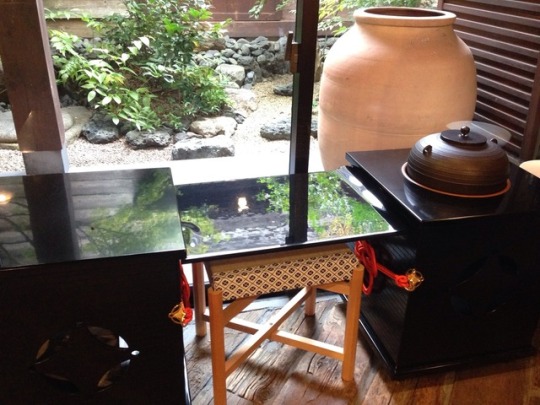

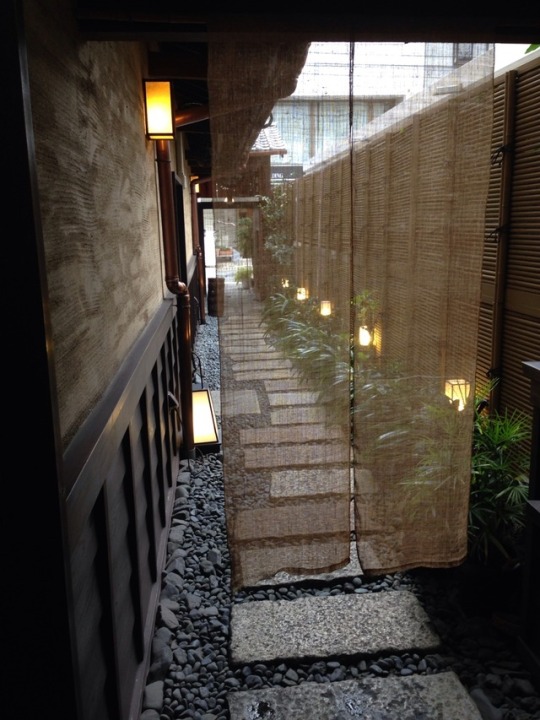
Japanese tea room Chikusei by Tsubakido, at Fushimi, Kyoto. A purveyor to Fushimi Inari Taisha (shrine). Tea, sweets, the interior design, everything’s great. Surely wanna visit again.
Tsubaki-do 椿堂
http://www.tsubakido.kyoto
Only in Japanese, but has a nice tea company film. Tranquil and worth to watch. “Tsubaki” means camellia FYI.
京都伏見の椿堂竹聲。伏見稲荷大社御用達。煎茶、スイーツ、室礼、どれも良い。また訪れたい。
#matcha sweets#japanese sweets#japanese tea#tea room#tea house#japanese tradition#japanese art#japanese culture#kyoto food#kyoto trip#matcha#fushimiinari#kyoto fushimi#kyotojapan#kyoto#japanese garden#japanese house#traditional house#traditional furniture#icecream
8 notes
·
View notes
Photo

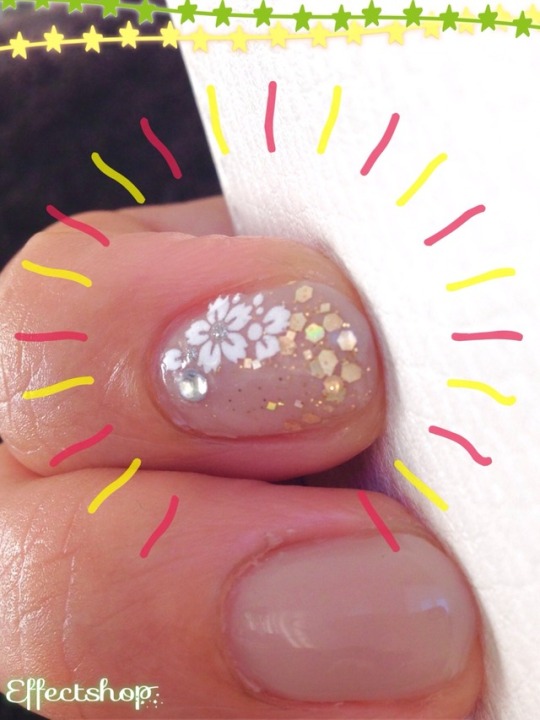

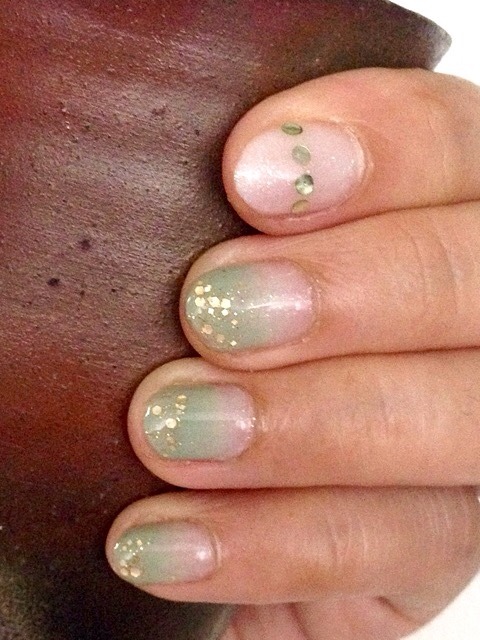
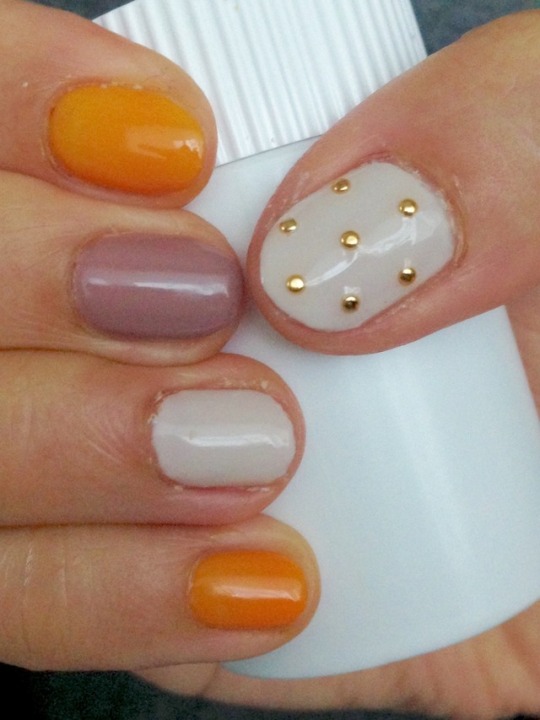

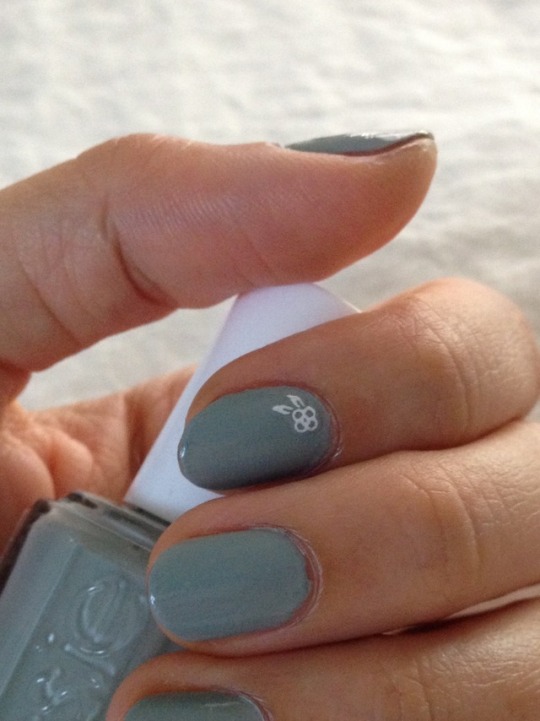


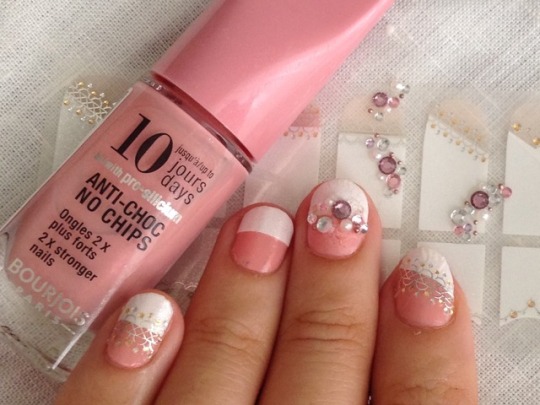
My nails in the past few years. Mostly wearing single colors fitting my skin, but sometimes decorate (by myself). It’s fun to design and paint.
過去2年分ほどのネイル。たいてい肌馴染みのいい単色だが、たまにデコることがある(自分で)。デザインを考えて塗るのは楽しい。
6 notes
·
View notes